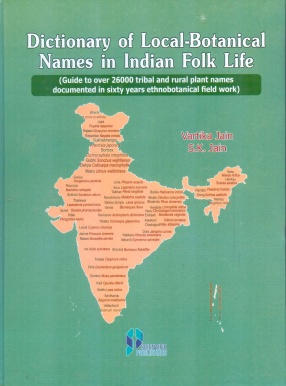
S.K. Jain

28 books
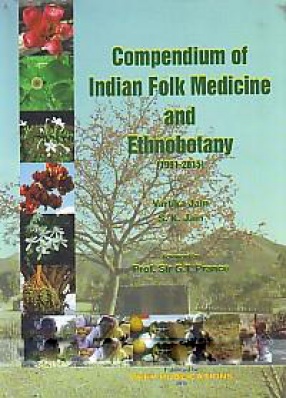
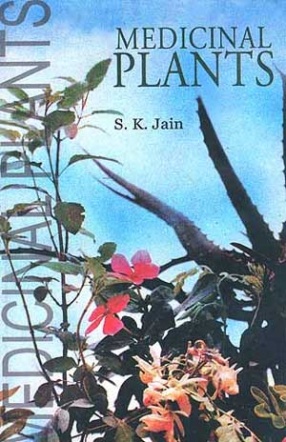





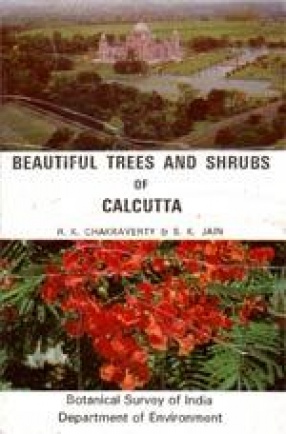


Field workers in ethnobotany and anthropology come across different local names of plants in different regions and localities and find it difficult to relate them with their botanical identity. The present book covers over 26000 tribal and rural local names documented from original research papers based on field work in the country in the last sixty years and provides corresponding botanical identity of the plants. Most of the local names are endemic to small ...
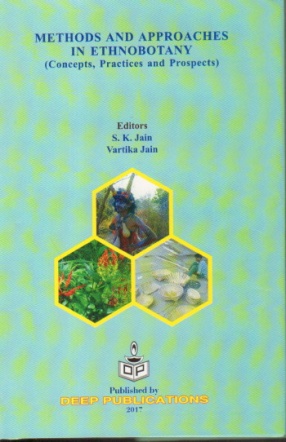
The present book contains twenty two papers from editors as well as other authors, which have made significant contributions in the field of Ethnobotany. The emphasis in this book is on concept, definition, methodologies in field work, recent techniques, approaches, dimensions, applications and future prospects of this subject and in this respect, the book is significantly different from some half a dozen recent compilations having mostly inventories, which are ...

India is rich in ethnic and floristic diversity and an enormous treasure house of traditional knowledge. Many scholars have worked hard to document this knowledge in the last 25 years (1991–2015) and this book is a concise representation of this ethnobotanical information in one single volume, covering 1000 references. It contains ethnobotanical data such as the uses of over 4600 plant species for medicine, food, material or for religious and cultural ...
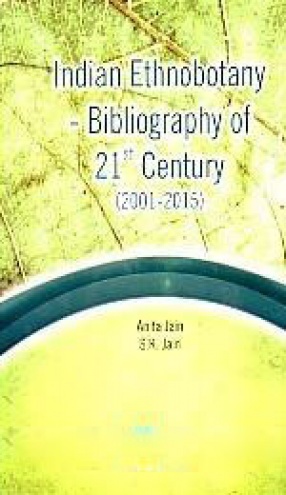
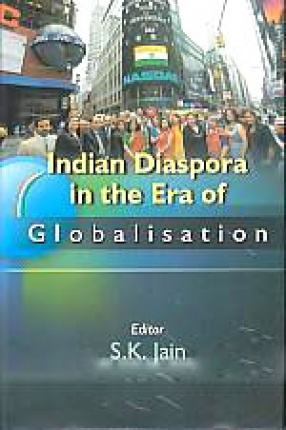

Even though reference to the curative properties of some of our indigenous herbs abound in ancient Indian texts, and also in the folklore prevailing in many parts of our country, till recent times no systematic efforts were made to subject these to dispassionate scientific scrutiny and separate fact from fiction. According to current estimates nearly three-fourths of the drugs used for curing human ailments in Indian are of plant origin. Based on his own ...
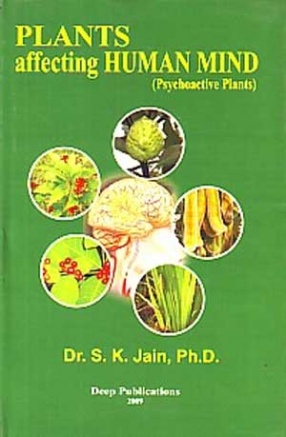



North Eastern India is botanically a very interesting region due to its comparatively less disturbed vegetation. The largest plain land in northeastern India is the Brahmaputra valley. This plain land is of significance not only for agriculture and industry of this region but also for the rich vegetation preserved in many sanctuaries. No detailed account of the flora and vegetation of these sanctuaries is available. Some floristic work for the whole of Assam in ...

The present book contains 32 chapters written by scientists very familiar with the ethnic groups and the regions of their study. Almost every region of Indian densely populated by tribals and every major tribe is covered in the book. Thus the book will provide a good glimpse of the rich ethno-botanical hertiage of India.

The book Cross-Cultural Ethnobotany of Northeast India is unique in at least three ways. It deals with the plant resources of that region of India which is universally recognised as one of the centres of biological diversity and speciation on the earth, the northern Himalaya and east India. The region is ethnically the most diverse in India, the cults, races and ethnologies showing change very few hundred kilometres. Few such multidisciplinary treatises have been ...

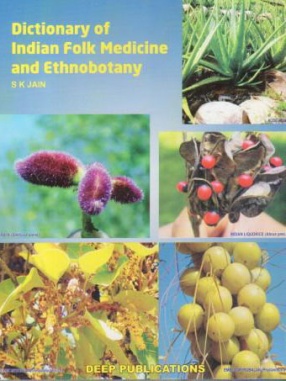
This Dictionary is a glossary of the ethnobotanical work done in India. It instantly informs a reader whether a particular folk use is already reported from India or not. The book has exhaustive indices and over 40,000 cross-references. The main text deals with over 2500 plants giving the folk uses for medicine, food, other material culture like dyes and tans, mythology and other symbolic relationships; the related plant part, region of India, source of ...

The Book covers 203 plants use by the tribal and rural folk in India for curing diseases. The authors have dealt only with such plants as are not well known and need to be subjected to phytochemical, pharmacological, toxicity and clinical tests, etc. for ascertaining their medicinal potential. Literature on the chemistry and pharmacology of several species has also been reviewed. The data given on each species includes botanical name, family, brief description, ...

Tribal societies, throughout the world, have their respective systems of medicines. Their concepts and attitudes towards the diseases, and the pharmacopeia are different. They also impose prohibition on some specific diets during illness and convalescence. The present book is the result of years of field work on the tribal societies of Lodha (branded by British rulers as criminal tribe), Munda, Oraon and Santal of India supported by commensurate theoretical ...


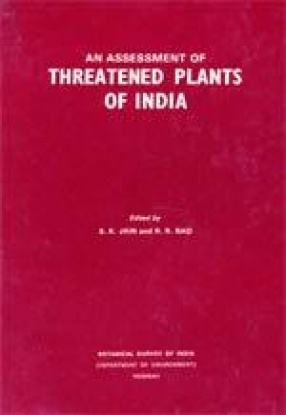


Many residents of Calcutta and visitors and tourists to this city want to know something about the plants whose beautiful flowers, flower-heads, graceful appearance or welcome fragrance pleases and charms them. There is no illustrated book to fill this need. This work is an humble attempt to provide a handy manual for identification and appreciation of the ornamental trees and shrubs of the city. It surely does not include all the flowering plants of Calcutta; ...
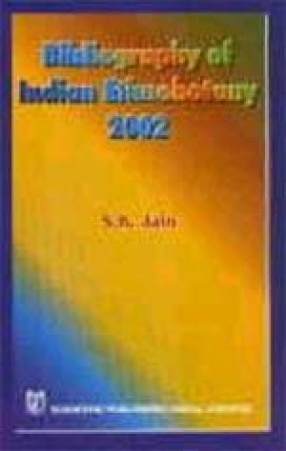
The word Ethnobotany was coined about 100 years ago, but it became more widely known only during last five decades. The word refers to the total natural relationship between man and plant life. Due to comparatively late emphasis on this discipline, books, and research papers under the title Ethnobotany have been rather few till the seventies of the last century. Even till the eighties, there were perhaps not more than a dozen books published in the whole world ...

In the recent past, the U.G.C. has introduced major changes in syllabus of mathematics. The present text entitled "Statics" has been written in such a way that it covers the new syllabi. All theorems and axioms have been illustrated by numerous solved examples taken from various universities. This text will prove to be quite useful for B.Sc and M.Sc students of mathematics. While preparing this text, it is presumed that the student is acquainted with ...
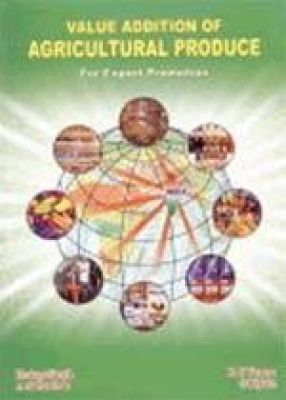
Value addition to food products has assumed vital importance in our country due to diversity in socio-economic conditions, industrial growth, urbanization and globalization. It is not merely to satisfy producers and processors by way of higher monitory return but also with better taste and nutrition. Value is added by changing their form, colour and other such methods to increase the shelf life of perishables. Hence, there is a great scope to extend requisite ...
